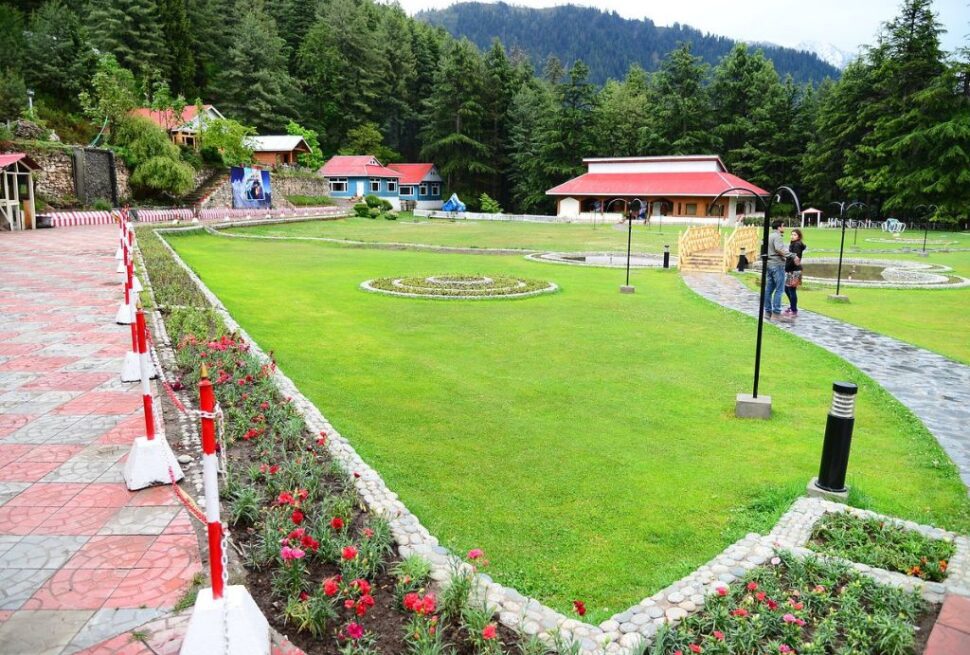The world’s most awe-inspiring mountains. From the legendary K2 to the majestic Nanga Parbat, each peak tells a story of adventure, challenge, and natural beauty. In this comprehensive guide, we will delve into the Top 10 Highest Mountain In North Pakistan 2024. Exploring their significance, climbing challenges, cultural importance, and the breathtaking landscapes they offer. Pakistan’s mountain ranges are home to some of the world’s most awe-inspiring peaks. Each steeped in adventure, challenge, and natural beauty. From the legendary K2 to the majestic Nanga Parbat. These mountains weave tales of human endeavor against the backdrop of breathtaking landscapes.
In this comprehensive guide, we embark on a journey to explore the top ten tallest mountains in Pakistan. Delving into their significance, climbing challenges, cultural importance, and the stunning vistas they offer to adventurers and explorers alike. These peaks not only test the limits of human endurance but also serve as symbols of resilience. The timeless bond between humanity and the natural world.
K2 :
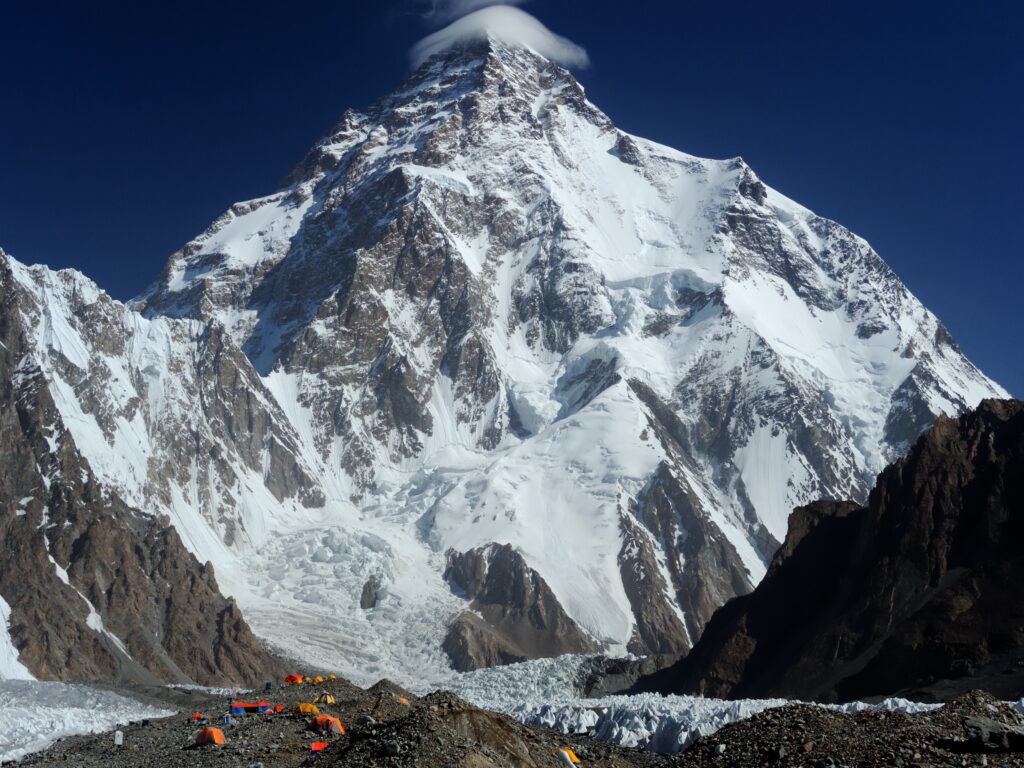
K2, also known as Mount Godwin-Austen or Chhogori, stands as the crown jewel of Pakistan’s mountains. As the second-highest peak globally, K2’s towering presence commands respect and admiration. Positioned on the Pakistan-China border, its summit reaches a staggering 8,611 meters above sea level. Renowned as “The Savage Mountain,” K2 poses formidable challenges to climbers. With a reputation for its treacherous terrain and unpredictable weather. Despite the risks, the allure of K2 attracts adventurers from around the globe. Drawn by the promise of breathtaking views and the thrill of conquering one of the world’s most challenging climbs.
Nanga Parbat:
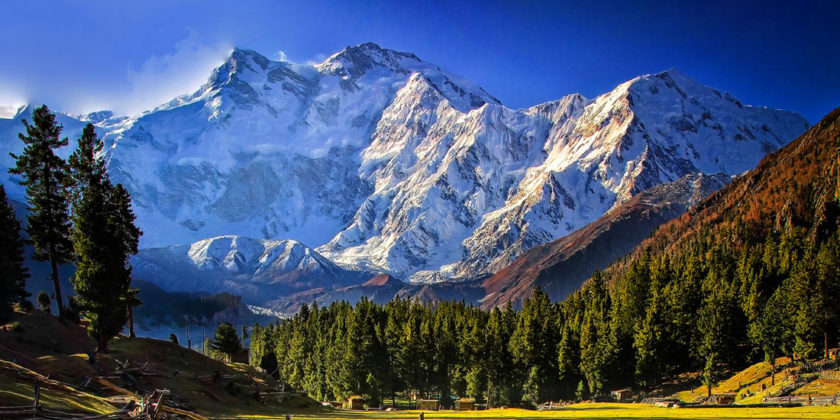
Nanga Parbat, aptly named the “Killer Mountain,” presents a daunting challenge to even the most seasoned climbers. Rising 8,126 meters above sea level, it is the ninth-highest peak globally and stands as a testament to the unforgiving nature of the Himalayas. Situated in the Gilgit-Baltistan region, Nanga Parbat’s sheer cliffs and unpredictable weather conditions have earned it a fearsome reputation. Despite the risks, climbers are drawn to its dramatic presence and the opportunity to test their skills against one of the world’s most formidable peaks.
Broad Peak:
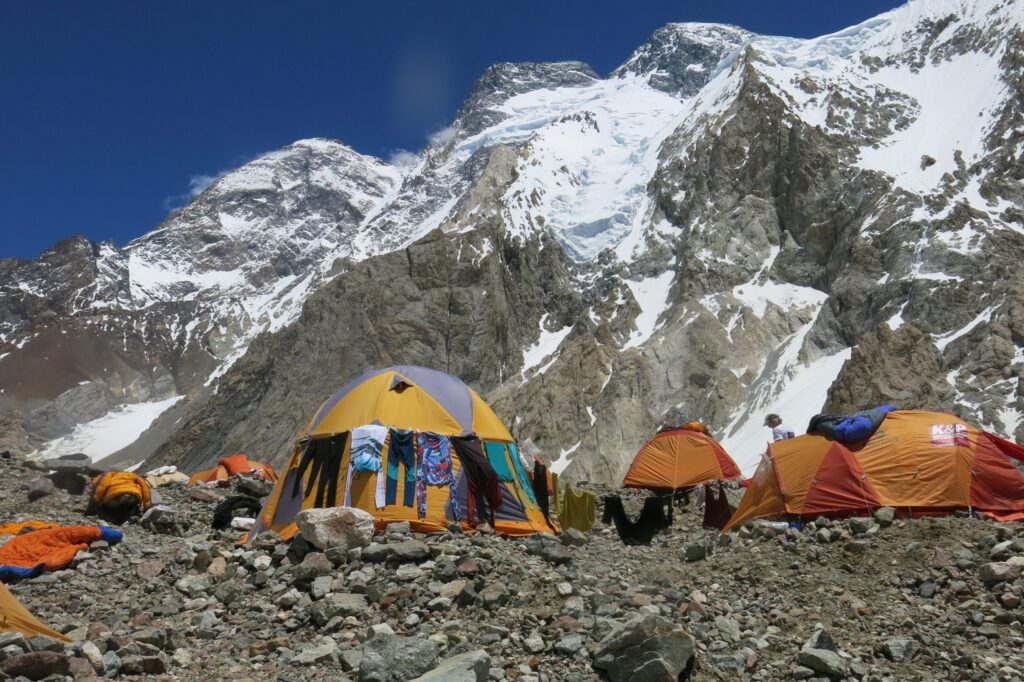
Broad Peak, with its broad summit and challenging ascent, offers climbers a unique opportunity to experience the thrill of high-altitude mountaineering. Standing at 8,051 meters above sea level, it ranks as the twelfth-highest mountain on Earth. Situated in the Karakoram Range, Broad Peak beckons adventurers with its steep slopes and demanding conditions. While not as well-known as some of its counterparts, its relative accessibility and stunning panoramic views make it a popular choice for climbers seeking a rewarding challenge.
Gasherbrum I:
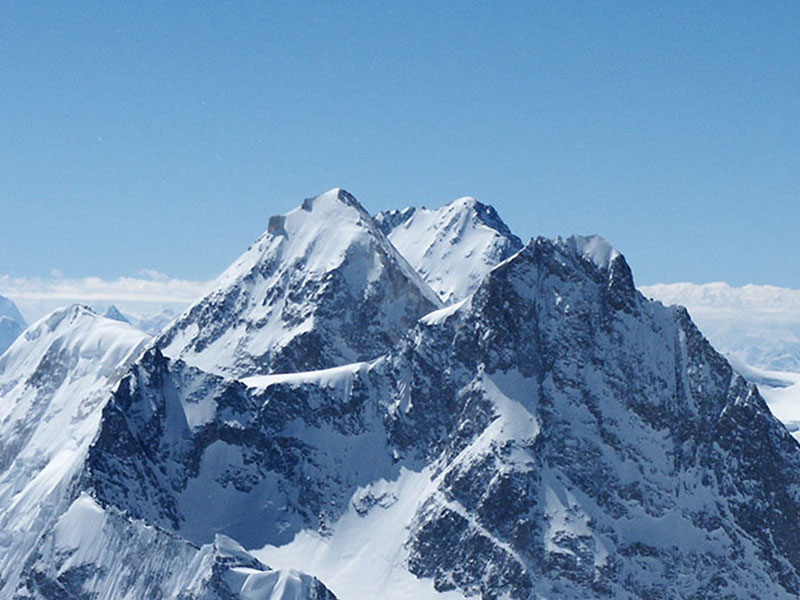
Hidden Peak, also known as Gasherbrum I, stands as a symbol of the untamed spirit of exploration. With its unique pyramid shape and formidable ascent, it offers climbers a true test of their skills and endurance. Rising to an impressive 8,080 meters above sea level, Gasherbrum I is the eleventh-highest mountain globally and holds a special allure for those seeking high-altitude challenges. Despite its less-famous status, its breathtaking views and sense of adventure make it a sought-after destination for mountaineers.
Gasherbrum II:
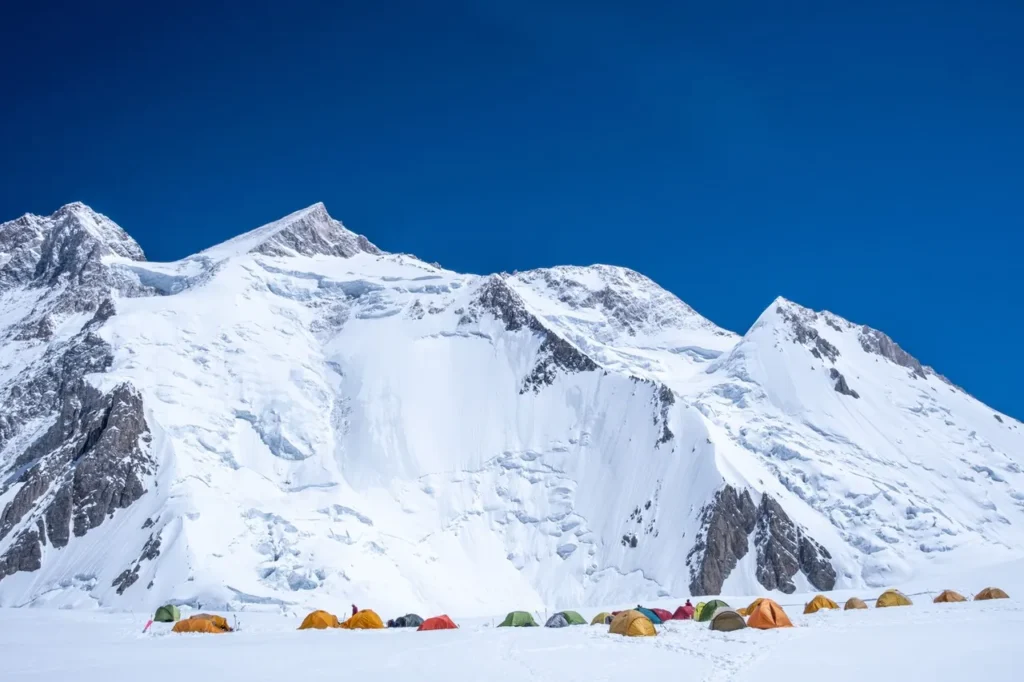
Gasherbrum II, standing proudly at 8,035 meters above sea level, offers climbers a thrilling adventure in the heart of the Karakoram Range. Known for its challenging climb and strategic location near Gasherbrum I, it attracts experienced mountaineers seeking to conquer multiple eight-thousanders. While not as renowned as some of its counterparts, Gasherbrum II’s breathtaking views and tough conditions make it a rewarding destination for those drawn to the beauty and challenge of high-altitude climbing.
Masherbrum (K1):
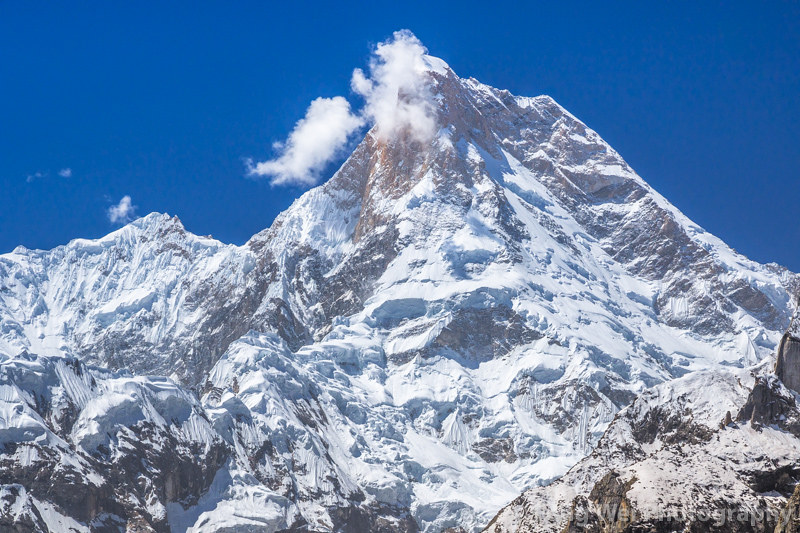
Masherbrum, also known as K1, stands as a testament to the rich cultural heritage of Pakistan’s Gilgit–Baltistan region. Rising to 7,821 meters above sea level, it offers climbers a unique blend of adventure and cultural exploration. As climbers ascend its icy slopes, they immerse themselves in the rich traditions and folklore of the Karakoram, adding depth and meaning to their mountaineering experience. Masherbrum’s special designation as K1 highlights its significance in the diverse tapestry of Pakistan’s mountains.
Rakaposhi:
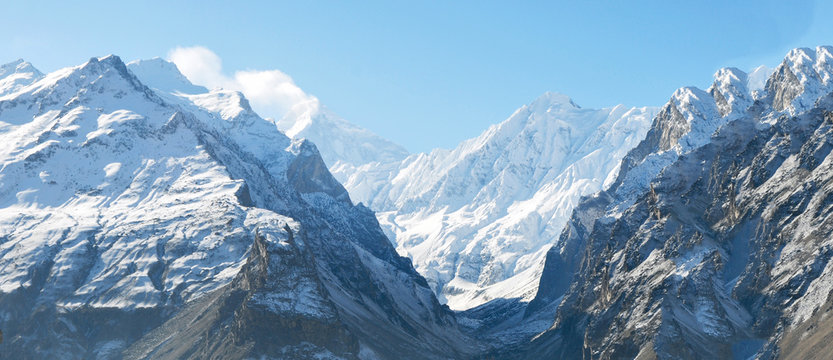
Rakaposhi, with its snow-capped peaks and imposing presence, stands as a symbol of the natural beauty and cultural heritage of the Gilgit–Baltistan region. Rising to 7,788 meters above sea level, it offers climbers a challenging yet rewarding ascent amidst breathtaking landscapes. Known as the “Shining Wall” in the local language, Rakaposhi captivates with its stunning vistas and rich folklore. As climbers conquer its slopes, they become part of the mountain’s story, weaving their own tales of adventure and exploration.
Tirich Mir:
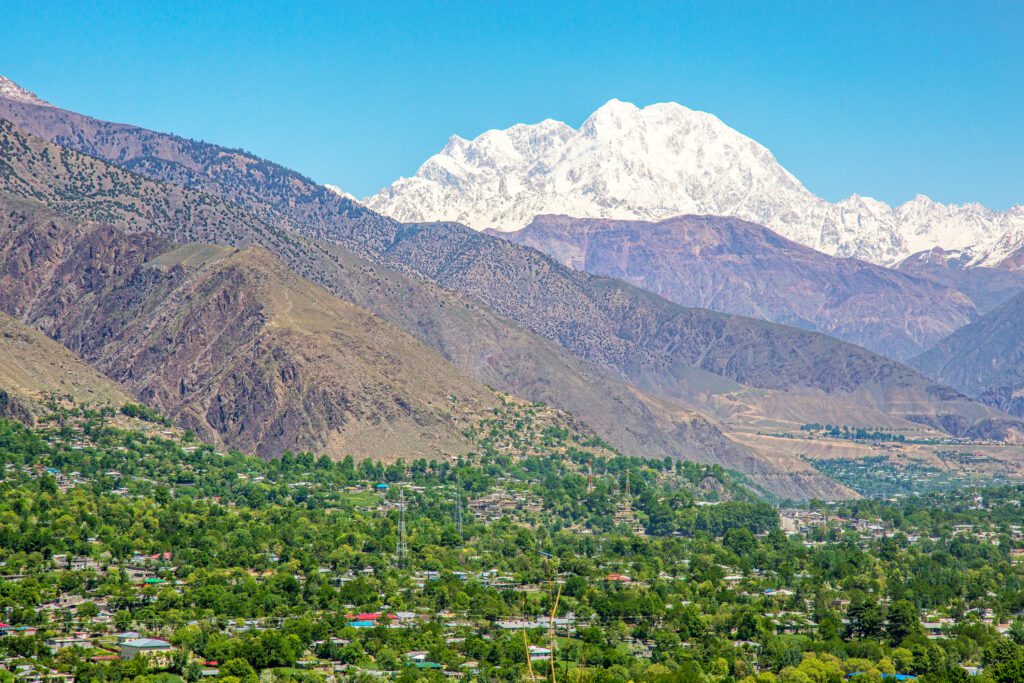
Tirich Mir, the “King of Darkness,” reigns supreme in the Hindu Kush mountain range, offering climbers a glimpse into the ancient traditions and rugged beauty of Pakistan’s Khyber Pakhtunkhwa province. Standing at 7,708 meters above sea level, it presents a formidable challenge to those brave enough to attempt its ascent. As climbers navigate its icy slopes and rocky terrain, they become part of the mountain’s legacy, adding their own chapter to its storied history.
Ultar Sar:
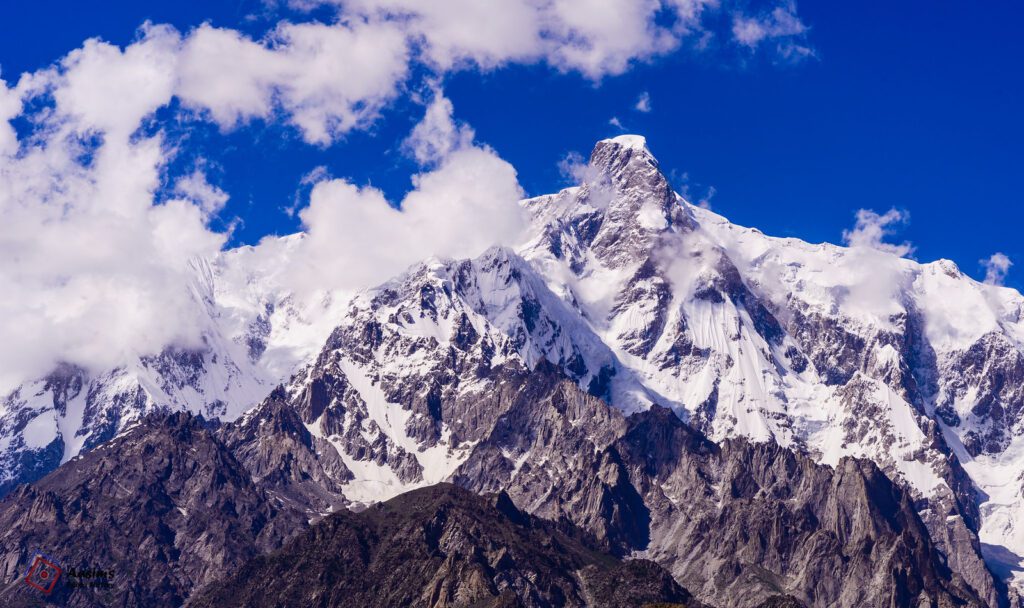
Ultar Sar, or the “Maiden’s Peak,” stands as a testament to the timeless allure of the Karakoram Range. Rising to 7,388 meters above sea level, it offers climbers a chance to explore the rugged beauty of Gilgit Baltistan‘s Hunza Valley. As climbers ascend its snow-covered slopes, they are treated to panoramic views of the surrounding valleys and peaks, making the challenging journey worthwhile. Ultar Sar’s cultural significance and imposing stature make it a sought-after destination for adventurers seeking both challenge and beauty.
Saltoro Kangri:
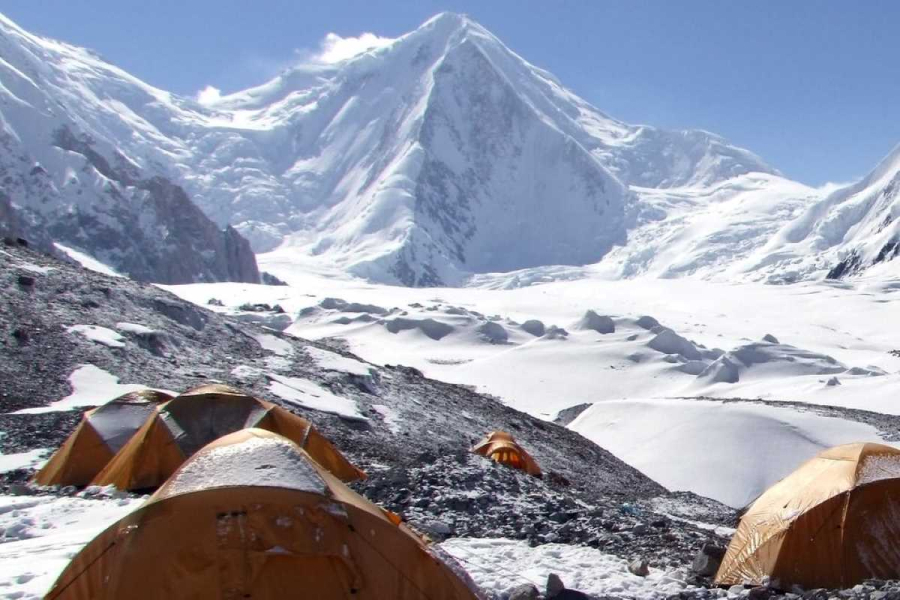
Saltoro Kangri, with its formidable height and demanding climb, offers climbers a true test of their skills and endurance. Standing at 7,742 meters above sea level, it is situated near the Siachen Glacier in Pakistan’s Gilgit Baltistan region. As climbers navigate its steep slopes and icy conditions, they are rewarded with unparalleled views of the surrounding glaciers and peaks, making the challenging journey a truly unforgettable experience. Saltoro Kangri’s historical significance and breathtaking beauty make it a must-visit destination for mountaineers seeking adventure in the heart of the Karakoram.
Conclusion:
Pakistan’s mountains, with their towering peaks and rugged beauty, offer adventurers a chance to explore some of the most challenging and awe-inspiring landscapes on Earth. Top 10 Highest Mountain In North Pakistan 2024. From the legendary K2 to the majestic Nanga Parbat, each mountain tells a story of adventure, resilience, and natural wonder. Whether scaling icy slopes or immersing oneself in local culture, climbing Pakistan’s mountains is a journey that promises unforgettable experiences and lifelong memories.
FAQs:
What makes Pakistan’s mountains unique?
Pakistan’s mountains stand out for their sheer beauty, cultural significance, and challenging climbs. From the towering peaks of the Karakoram to the rugged terrain of the Hindu Kush, each mountain offers a unique blend of adventure and exploration.
What are the main challenges faced by climbers in Pakistan’s mountains?
Climbers in Pakistan’s mountains face a range of challenges, including treacherous terrain, unpredictable weather, and high altitudes. The remote location of many peaks adds to the difficulty, requiring careful planning and preparation.
Are there any conservation initiatives aimed at preserving the biodiversity of Pakistan’s mountain ecosystems?
Conservation initiatives aimed at preserving the biodiversity of Pakistan’s mountain ecosystems include measures to reduce human impact through sustainable tourism practices, reforestation efforts, and the establishment of protected areas to safeguard endangered species and fragile habitats.
What cultural significance do Pakistan’s mountains hold for the local communities?
Pakistan’s mountains hold significant cultural importance for local communities, featuring prominently in folklore, traditions, and religious ceremonies. They are often revered as sacred landmarks and sources of spiritual inspiration.
How do climbers prepare for extreme weather conditions in the Karakoram Range?
Climbers prepare for extreme weather conditions in the Karakoram Range by undergoing rigorous physical training. Acclimatization processes, and carrying specialized gear such as high-altitude clothing, insulated tents, and portable oxygen systems.


